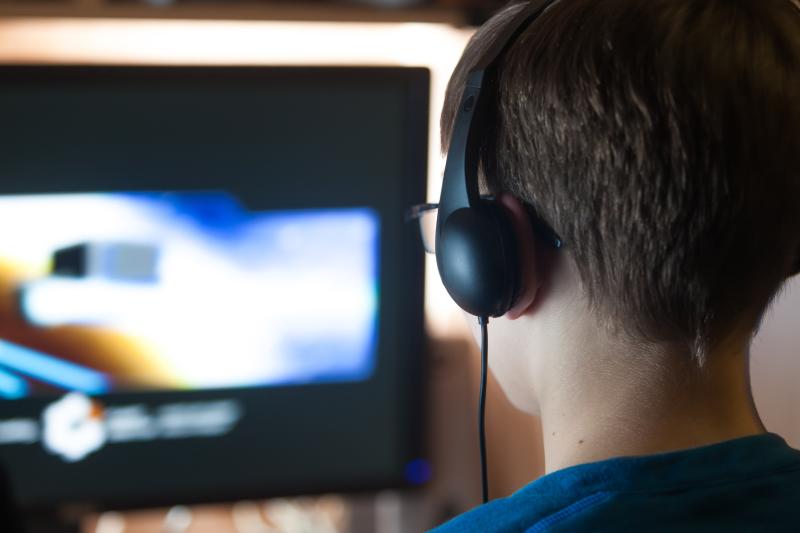
Engaging in at least an hour of moderate-to-vigorous physical activity (MVPA) daily should attenuate the detrimental effects of television (TV) viewing time in Asian teens, improving cardiorespiratory fitness (CRF) regardless of the time spent watching TV, a recent study has found.
“Although MVPA appears to be more important than time spent watching TV in relation to CRF … the present study also suggests that reducing daily TV time may still be beneficial [especially] for physically inactive girls (MVPA <60 min/day),” according to the investigators.
The cross-sectional study included 9,553 adolescents (53.3 percent boys) aged 12–15 years from several Asian metropolitan cities (Tokyo, Hong Kong, Shanghai, Taipei, Bangkok, Kuala Lumpur, Seoul and Singapore). All participants completed the International Physical Activity Questionnaire-Short Form and underwent a 15-m progressive aerobic capacity endurance run (PACER) test to assess CRF.
Teens living in Tokyo were the most physically active (MVPA, 73.5 min/day) and had the best CRF (PACER z-score, 1.11). Meanwhile, those in Shanghai spent the least amount of time watching TV (viewing time, 1.24 h/day) but were also the least active (MVPA, 37.9 min/day). CRF was poorest in adolescents from Bangkok (PACER z-score, − 0.53), while time spent watching TV was greatest in those from Kuala Lumpur (viewing time, 2.88 h/day).
In linear regression models, MVPA showed a stronger association with the PACER score than the TV viewing time. PACER scores were markedly higher in the group of teens who met the physical activity recommendation (≥60 min/day in MVPA), regardless of time spent watching TV, than in the reference group (lowest MVPA levels [<30 min/day] and most sedentary [≥3 h/day of TV time]). [BMC Public Health 2019;19:1737]
However, PACER scores of girls in the least active group (<30 min/day of MVPA) who watched little TV (<1 h/day) were better than that of the reference group.
The above “has important implications because girls are usually less active than boys, and most girls do not meet physical activity recommendations. Indeed, only 20.4 percent of girls in our sample cohort achieved the recommended physical activity levels while 34.2 percent of boys met the recommended levels (MVPA ≥60 min/day),” the investigators pointed out.
“It is possible that targeting 60 min/day of MVPA in the first place may be quite intimidating, particularly for adolescents who are otherwise inactive, and having an apparently out-of-reach target may undermine the chances of physical activity participation. From this perspective, decreasing television time might be more attainable as an initial goal for increasing CRF for inactive girls,” they added.
Nevertheless, breaking up prolonged periods of sitting time can be a challenge for school-aged adolescents who are required to sit still for extended periods on many occasions (eg, in a school setting or for academic requirements). This said, the present data suggest that if prolonged sedentary behaviour is unavoidable, engaging in greater durations of MVPA is central to improving CRF, according to the investigators.
The level of MVPA (≥60 min/day) required to mitigate the harmful effects of prolonged TV is consistent with the international youth physical activity guidelines, they said. [https://apps.who.int/iris/bitstream/handle/10665/44399/9789245599975_eng.pdf]